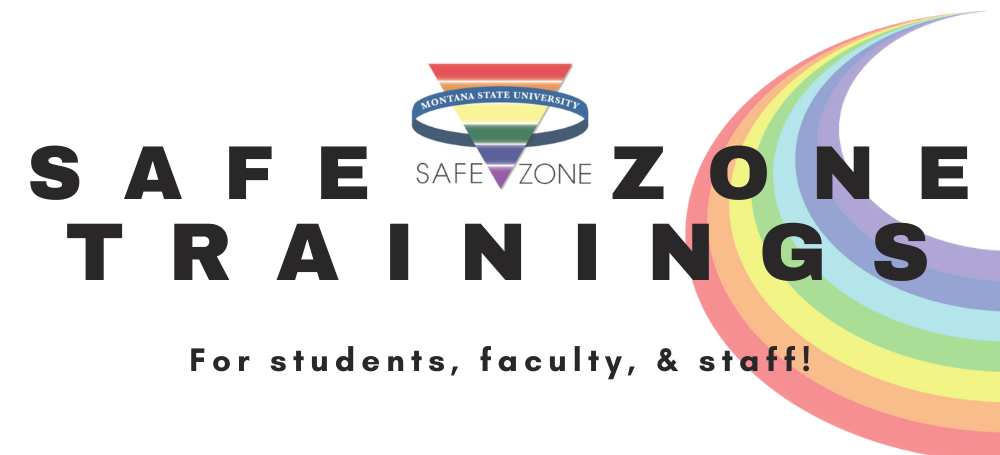Safe Zone

The mission of Safe Zone at MSU is to expand awareness, understanding, and support for our LGBTQ+ students, faculty and staff. This is pursued through (1) increasing awareness and education about LGBTQ+ experience, and (2) developing and expanding MSU’s practice of LGBTQ+ allyship as well as increasing visibility of designated allyship Safe Zones on campus.
The Safe Zone program, a joint effort between the Student Commons and Counseling and Psychological Services, works to deliver educational trainings and increase awareness of LGBTQ+ experience and allyship. The program exists to acknowledge and support members of our community who identify within theLGBTQ+ spectrum.
Members of Safe Zone consist of a team of interdisciplinary staff, faculty, and students within the university who are committed to fostering awareness and belonging of the LGBTQ+ community through education, training, and support. The Safe Zone symbol identifies members throughout the community and indicates these individuals can provide resources and support.
How can I get involved?
- Attend an LGBTQ+ Awareness and Education Module 1 workshop offered each fall and spring.
- Attend Allyship Development Module 2 training and become an allyship practicioner. Safe Zone members display allyship by posting signs or buttons to signify allyship. These signs and buttons signify a person who can provide support and resources for members of the LGBTQ+ community.
- Request a workshop for your student organization, department or office.
- Become a Safe Zone trainer! Each fall, we hold trainer trainings to develop a network of volunteers to lead training workshops throughout the year. If you have taken Safe Zone module 1 and are interested in becoming a trainer, email diversity@montana.edu
- To register, please scroll to the bottom of this page.
Do I have to be LGBTQ+ to be part of Safe Zone Allyship?
The Safe Zone program welcomes people of all genders and sexual identities to participate. Displaying the Safe Zone decal and practicing allyship does not indicate how a person identifies related to their gender or sexual identity. Safe Zone allyship involves recognizing and committing to the ongoing process of education, growth, and support.
